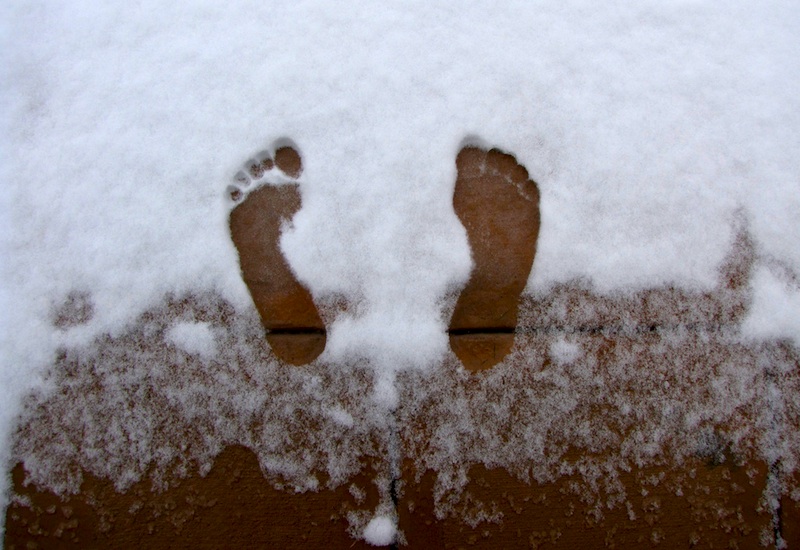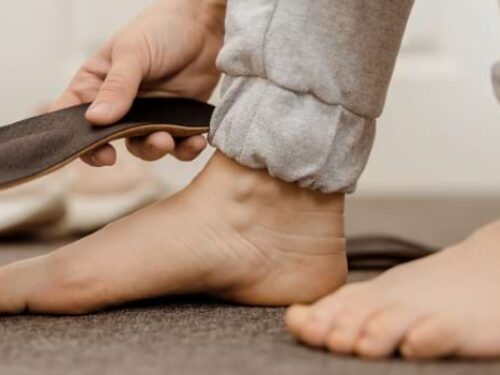
Frostbite
As Jack Frost makes his presence known, many New Yorkers will be enjoying the benefits of the snowy season, skiing, sledding and skating. But when winter is nipping at your toes it can be downright dangerous if frostbite strikes your feet.
Extreme exposure to cold over a prolonged period can lead to a serious foot condition, but you do not necessarily need to be exposed to frigid temperatures to get frostbite. Even cool temperatures coupled with wet socks can induce frostbite. Walking through slush or shoveling snow can produce damp, cold feet and lead to frostbite.
Frostbite symptoms include pain and a burning sensation in the exposed areas, numbness in the toes or feet, and changes in skin color from pale or red to bluish-gray or black. Children, the elderly and people with diabetes are more prone to frostbite because of the size of their extremities or poor circulation. People who live or work outdoors also have higher likelihood of contracting frostbite because of their increased exposure to the cold.
There are various degrees of frostbite with frost nip (first degree) being the most commonly encountered by people who live in very cold climates or do a lot of outdoor activity in the winter. Skin may feel stiff to the touch, but the tissue underneath is still warm and soft.
Superficial frostbite (second degree) and deep frostbite (third degree) are serious medical conditions that must be treated by a trained medical professional. Skin will feel hard and frozen to the touch and blistering will happen. In some severe cases, doctors may have to amputate frostbitten limbs to prevent severe infection.
Getting out of the cold and moving to a warm environment can initially treat a mild case of frostbite. Keep feet dry and warm; warm the skin gradually by using warm compresses or immersing feet in warm water (101 – 104 degrees) until sensation returns. Do not use direct heat such as heating pads or fire and do not disturb any blisters.
Follow these important tips for safe outdoor fun:
- Wear thicker non-constricting socks and change them daily
- Wear comfortable fitting (never too tight) waterproof boots
- Clean and dry your feet thoroughly to avoid fungal infections
Frostbite is serious, and if you suspect that you have it, seek help from a podiatrist for any foot concerns. Prompt diagnosis and proper treatment are essential; this can literally save your toes.


